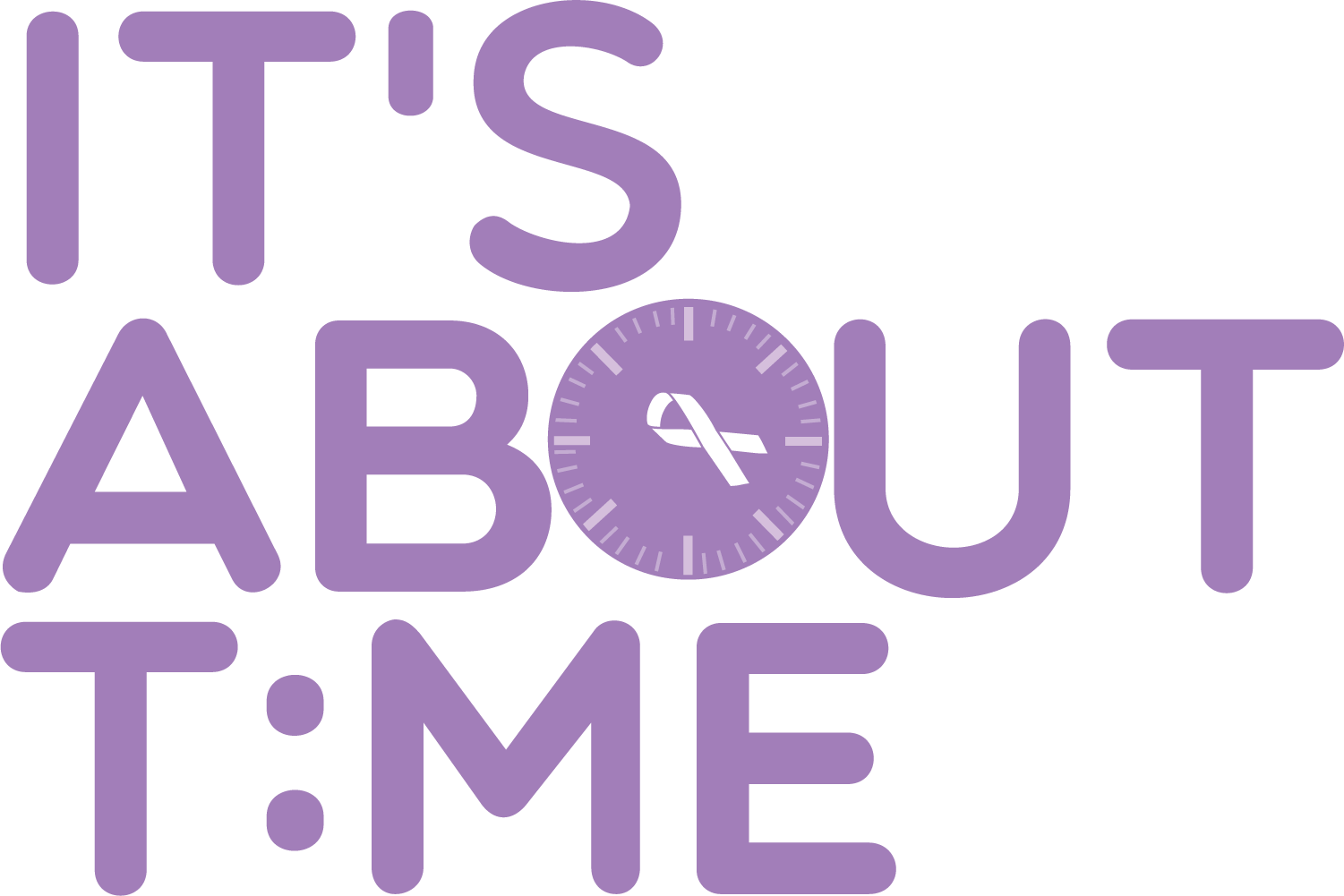Mammogram guidelines can put women of color at risk. These women ‘thank God’ they advocated for themselves.
“
Had I not been an advocate for myself and the work that I do, I would have easily fallen into the cracks.”
In 2018, Zahra Khan, then in her early 40s, dreamed there was something in her left breast. When she woke, she examined her left side for lumps but felt nothing. She had the same dream twice more. The final dream, she said, prompted her to go to her primary care physician. But Khan’s doctor didn’t detect anything abnormal, either. The doctor assured Khan she was perfectly healthy, and that because she had a normal mammogram the year before, she didn’t need another until she turned 50. Khan persisted and asked for one anyway.
The mammogram identified a precancerous cell on the left side of her left breast.
“Had it truly not been for that instinct, driven by that dream — because I don’t normally dream about my body — it wouldn’t have been caught,” said Khan, a New Jersey-based accountant. Luckily, she also had health insurance, which covered the cost of her mammogram.
Current breast-imaging guidelines in the United States — which recommend a mammogram for women between 50 and 74 every two years — come from the U.S. Preventive Services Task Force. But these guidelines can leave women of color especially at risk, including women of South Asian descent like Khan. A 2018 Harvard study found that breast cancer diagnoses in the 40 to 49 age range are more common for Black, Hispanic, Ashkenazi Jewish and Asian women. The study posits that national mammography guidelines may have been created using data from largely White populations, which could explain the under-screening of younger women of color.

